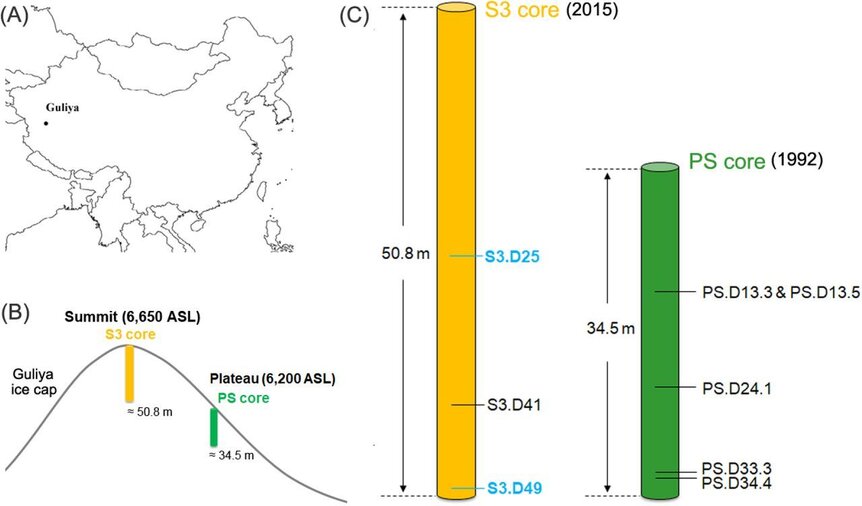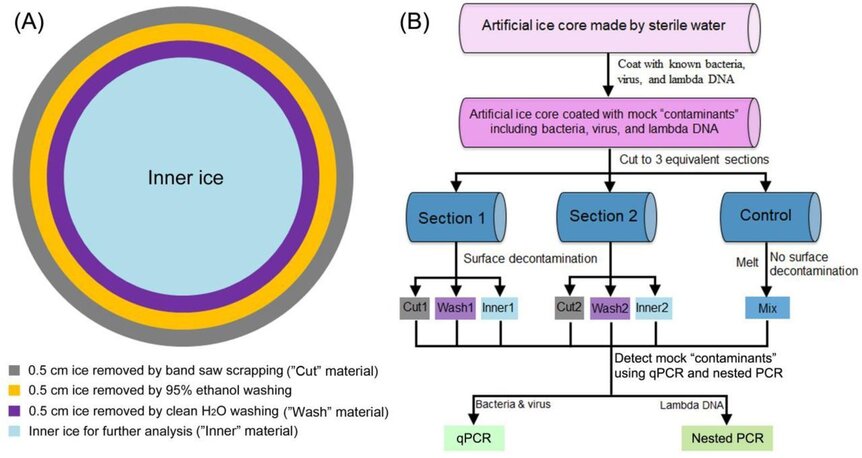Create a free profile to get unlimited access to exclusive videos, sweepstakes, and more!
Stock up on Vitamin C! Scientists find new viruses frozen inside Tibetan glacier

While deep in the throes of a nasty cold and flu season here in America, be glad you're not infected with one of the ancient mystery viruses recently unearthed by scientists from the Byrd Polar and Climate Research Center at Ohio State University, whose Tibetan glacial ice core samples date back some 15,000 years.
This discovery began back in 1992, then most recently in 2015, when a scientific team led by researchers from the United States and China journeyed to exotic Tibet for a frosty excursion to drill for fresh examples of the planet's oldest ice.
Now after intense research and critical examination, they've finally completed and published a report at the online scientific journal, bioRxiv, which details the findings of 28 never-encountered virus groups that could be unleashed on Earth if climate change continues on its present course.
Boring 164 feet down into the ancient glacier to acquire two ice cores from the Guliya ice cap on the Tibetan Plateau, the team scored a pair of perfect specimens. Since the cores were partly contaminated due to basic handling, the team later played it safe by putting the samples through a complex three-step decontamination protocol before scientists employed microbiology techniques to single out mystery microbes in the old ice.
To steer clear of tricky microbial contamination encountered during the core drilling, handling and transport, this included the utilization of a new system developed specifically to limit contamination and ensure ultraclean microbial and viral sampling. Carefully tapping into the virgin ice columns, researchers labored in a special cold room regulated at 23 degrees Fahrenheit, then used a sterilized band saw to shave off thin exterior layers and cleaned them with ethanol until they finally reached the uncontaminated ice below.
According to the chilling study, the many perils of a warming planet are seriously threatening Mankind's ability to keep up with and efficiently catalogue these myriad microscopic monsters and protect ourselves from potential lethal infections.
“At a minimum, [ice melt] could lead to the loss of microbial and viral archives that could be diagnostic and informative of past Earth climate regimes,” the team indicated in the paper. “However, in a worst-case scenario, this ice melt could release pathogens into the environment.
"The microbes differed significantly across the two ice cores, presumably representing the very different climate conditions at the time of deposition."




























